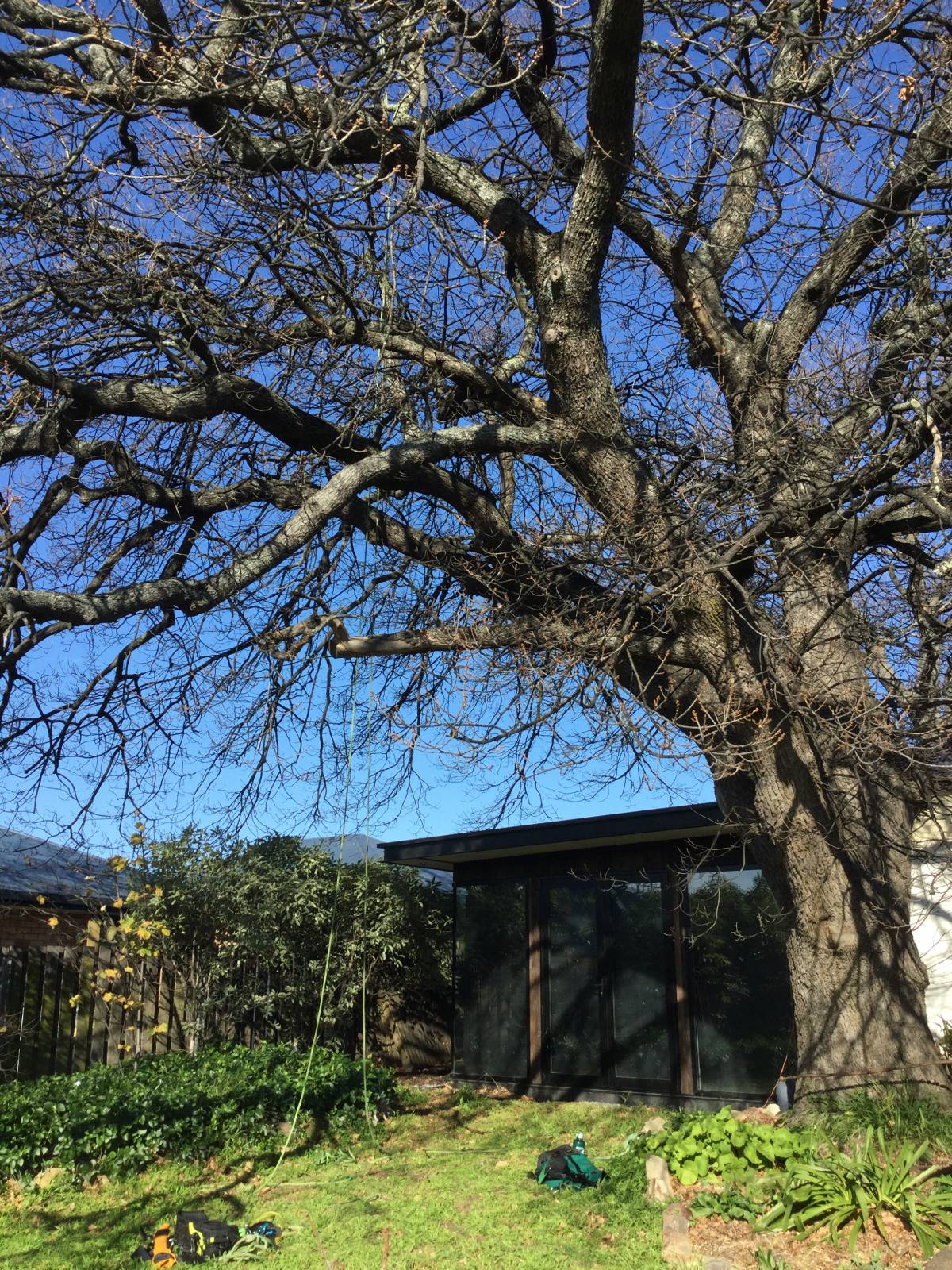The value of a Pre-Purchase Inspection
If a developer is buying a property without any buildings and intends to build on the site, a pre-purchase inspection from an arborist can be valuable. The arborist’s inspection would focus on identifying any potential constraints to building on the site.
The arborist would then provide a report outlining any potential constraints or issues related to trees on the site, as well as any recommended measures to mitigate these issues. For example, the report may include recommendations for tree removal or relocation, as well as guidelines for preserving existing trees and protecting them during construction.
In addition to evaluating potential constraints to building on a site, an arborist’s pre-purchase inspection can also identify any protected tree species or biodiversity/tree protection covenants on the site that may affect a developer’s ability to achieve their development goals.
During the inspection, the arborist would look for any trees or vegetation that are protected under local, state, or national regulations, as well as any covenants or restrictions that may limit the ability to remove or modify trees on the property. A code overlay in LISTmaps allows you to view significant trees all over the state.
Including information about biodiversity overlays, covenants, and other local protections in the local planning scheme is an important part of a pre-purchase inspection report from an arborist, particularly if the developer or lessor is interested in building on the site. Here are some possible dot points that may be included in the report:
- Assessment of the specific provisions of the overlays or protections and how they might affect development plans, particularly with respect to trees and vegetation on the site
- Identification of any covenants or other restrictions related to the trees and vegetation on the site, such as requirements for maintenance or protection of certain species or stands of trees
- Assessment of how the biodiversity overlays, covenants, or other local protections might affect the overall development potential of the site, particularly with respect to tree removal or pruning, access, and other key development factors
- Recommendations for how to work within the constraints imposed by the overlays or protections, including possible opportunities to preserve or enhance the existing vegetation on the site in a way that benefits the development plan and meets the requirements of the local planning scheme.
The specific content of a pre-purchase inspection report may vary depending on the specific site and the needs of the developer or lessor. Its important to include information about biodiversity overlays, covenants, and other local protections in the report in order to provide a comprehensive assessment of the opportunities and constraints related to the site’s vegetation.
Overall, a pre-purchase inspection from an arborist can provide valuable information for developers looking to build on a site without existing buildings. The arborist’s evaluation of the trees on the property can help identify potential constraints and inform the development of a site plan that minimizes impacts to the natural environment while still allowing for construction.
Interested in a pre-purchase inspection? Contact us for a chat about how we can help.

Blog written by Colin Fry
Colin is the director of Tasmanian Arboriculture Consultants Pty Ltd and our lead consulting arborist. He comes with an academic background and more than 20 years in practical tree care. As a registered member of Arboriculture Australia and secretary of the Tasmanian Arboriculture Organisation, Colin is passionate about Urban Forestry and helping people realise the benefits of living with well managed trees.

